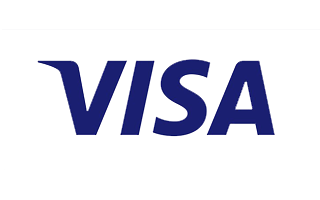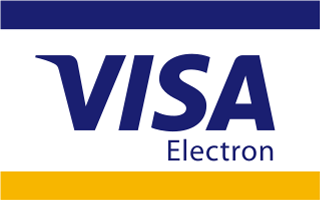A Comprehensive Guide Of Tribal Braids
Tribal braids are a captivating and popular hairstyle that has its roots in West African cultures. With various styles like Ghana braids and Fulani braids, tribal braids offer a fusion of cultural traditions and modern trends. They not only boast stunning aesthetics but also provide practical benefits by protecting the natural hair and promoting its health. These braids have become symbols of beauty, craftsmanship, and the celebration of cultural diversity.
In this article, we will explore the different types of tribal braids, learn techniques for achieving and styling them, discover maintenance tips, and address common questions. Keep scrolling!
What are tribal braids?
The tribal braids technique involves braiding cornrows close to the scalp, sometimes decorated with beads and cuffs, etc. These braids can be done with or without the use of hair extensions. The term "tribal" in tribal braids refers to the historical and cultural origins of these braiding styles, which draw inspiration from various African and Afro-Caribbean traditions.
Tribal braids encompass a range of specific braiding techniques and styles. Some popular examples of tribal braids include:
-
Ghana Braids: Also known as feed-in cornrows, Ghana braids are small, neat, and tightly woven cornrow braids that go straight back and follow the natural curve of the scalp.
-
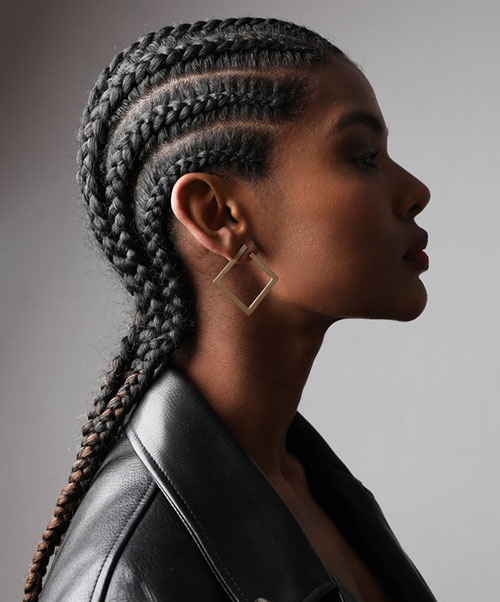
-
Fulani Braids: Inspired by the Fulani people of West Africa, Fulani braids typically feature raised braids along the hairline, with a cornrow going straight back at the middle and a few cornrows going down in the opposite direction toward the back of the head.
-
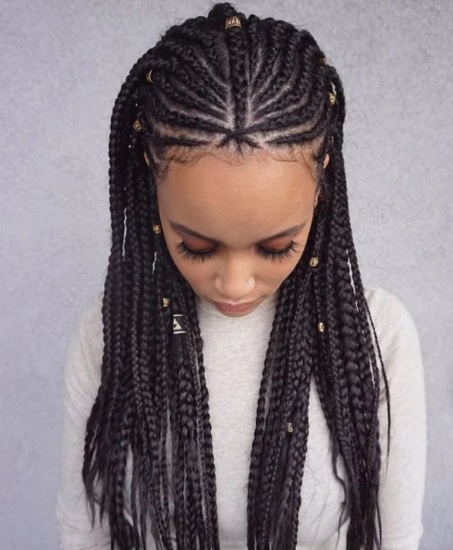
-
Lemonade Braids: Lemonade braids, popularized by Beyoncé in her "Lemonade" album, are long, sleek, and stylish braids that are often created using feed-in techniques. They are characterized by small, cornrow-style braids that are braided closely to the scalp and flow down in a cascading pattern.
-
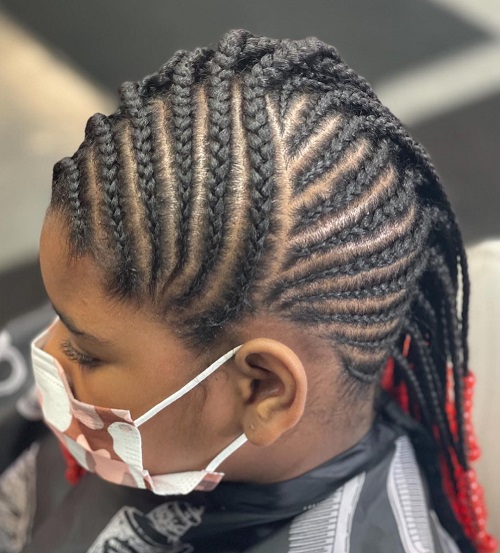
-
Senegalese Braids: Senegalese braids, also known as rope twists, are created using two-strand twists with extensions. They are medium to large in size and have a distinct spiral or rope-like appearance.
-
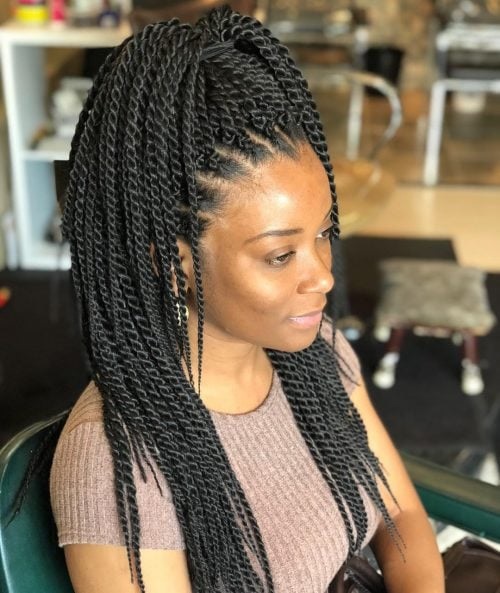
Each of these tribal braiding styles has unique characteristics that offer a wide range of options for self-expression and creativity.
Pros and cons of tribal braids
Tribal braids are a popular hairstyle that offers both advantages and potential drawbacks. Consider the following pros and cons before deciding to get tribal braids:
Advantages of Tribal Braids:
- Versatility: Tribal braids provide a wide range of styling options. You can experiment with various updos, ponytails, or half-up half-down hairstyles, allowing for creativity and versatility in your look.
- Low Maintenance: Once the braids are installed, they require minimal daily styling and can save you time in your hair routine. With proper care, tribal braids can last for several weeks, reducing the need for daily hairstyling.
- Protective Style: Tribal braids offer protection for your natural hair. They help shield your hair from environmental damage, excessive manipulation, and exposure to heat and styling tools. This can promote hair growth and retain moisture, leading to healthier hair.
Potential Drawbacks of Tribal Braids:
- Tension on the Scalp: Tribal braids, if braided too tightly or with excessive tension, can cause discomfort or even pain on the scalp. This can lead to headaches or hair loss due to traction alopecia. It's important to communicate with your hairstylist about your comfort level and ensure they apply appropriate tension during the braiding process.
- Potential Damage to Natural Hair: If not installed or maintained properly, tribal braids can cause damage to your natural hair. Rough handling during the braiding process or neglecting proper care can result in hair breakage, thinning, or even hair loss. It's crucial to handle your braids gently and follow a consistent hair care routine.
- Time Required: The installation process for tribal braids can be time-consuming, especially if you have long or thick hair. Depending on the style and intricacy, it may take several hours or even multiple sessions to complete the braiding process. Additionally, removing the braids can also be time-consuming and require patience.
It's important to weigh the advantages and potential drawbacks of tribal braids before committing to the style. Consider your hair's health, your personal comfort level, and the time you're willing to invest in maintenance. Consulting with a professional hairstylist can provide valuable insights and help you make an informed decision based on your specific hair type and lifestyle.
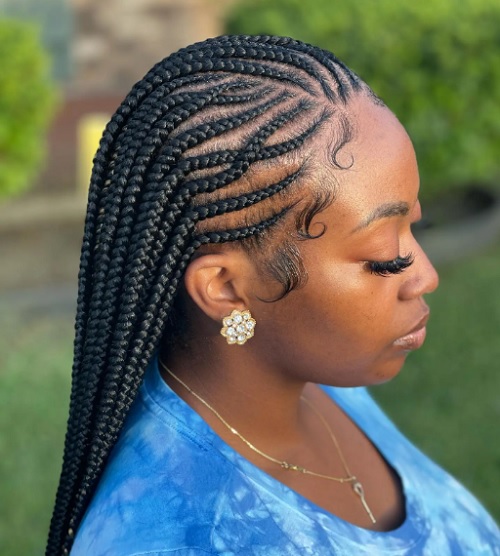
How to do tribal braids?
Tribal braids are a stunning and intricate hairstyle that requires careful preparation and technique. Follow these step-by-step instructions, along with visuals if available, to achieve beautiful tribal braids:
Step 1: Preparing Your Hair:
-
- Start with clean, freshly washed hair. Use a clarifying shampoo to remove any product buildup or oils.
- Deep condition your hair to ensure it is moisturized and nourished before braiding.
- Detangle your hair gently using a wide-tooth comb or a detangling brush to remove any knots or tangles. This will make the braiding process smoother and reduce hair breakage.
Step 2: Choosing the Right Hair Extensions:
-
- Select hair extensions that match the texture, length, and color you desire for your tribal braids.
- Consider the type of extensions you want to use, such as synthetic or human hair extensions. Synthetic hair is more affordable, while human hair provides a more natural look and feel.
- Ensure that the extensions are of high quality and suitable for braiding.
Step 3: Braid your hair:
-
- Section your hair: Use a rat-tail comb to create clean and even sections. Start by parting your hair down the middle and then create additional sections horizontally from ear to ear.
- Secure the remaining hair: Clip or tie the sections of hair that you're not working on to keep them out of the way.
- Begin braiding: Take a small section of hair at the front, near the hairline. Divide it into three equal strands and start braiding by crossing the right strand over the middle, then the left strand over the new middle strand.
- Incorporate extensions (if desired): If using extensions, add a small amount to the braid by placing it between the strands as you continue braiding. Ensure that the extension hair is evenly distributed for a seamless look.
- Continue braiding: As you braid, keep adding small sections of hair to each strand from the section you're working on. This will create neat and uniform braids.
- Maintain consistent tension: Keep the tension even throughout the braid to ensure a tight and polished look. Avoid braiding too tightly, as it can cause discomfort and damage to the hair and scalp.
- Secure the ends: Once you reach the desired length, secure the ends of the braid using a small hair elastic or by sealing it with hot water (if using synthetic hair extensions).
- Repeat the process: Move on to the next section and repeat the braiding process until all sections are braided.
Remember to take breaks if needed and avoid excessive tension on the scalp. It's important to be patient and focus on creating neat and well-formed braids.
How to style tribal braids?
Tribal braids offer a multitude of styling options to showcase your creativity and elevate your look. Here are some ideas to experiment with when styling your tribal braids:
- Updos: Gather your braids into an elegant updo. You can create a high bun, a low chignon, or a braided updo by twisting and pinning the braids into intricate patterns. Use bobby pins or hair ties to secure the updo and achieve a polished and sophisticated look.
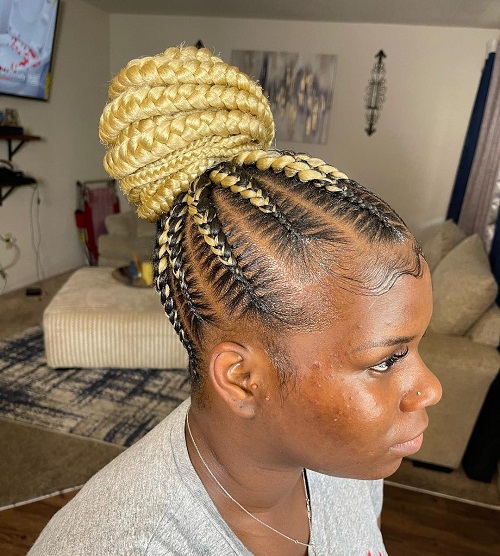
- Ponytails: Gather your braids into a high, mid, or low ponytail for a chic and versatile style. You can wrap a section of the braids around the hair tie to conceal it and add an elegant touch. Alternatively, create multiple smaller ponytails along your head for a unique and playful look.
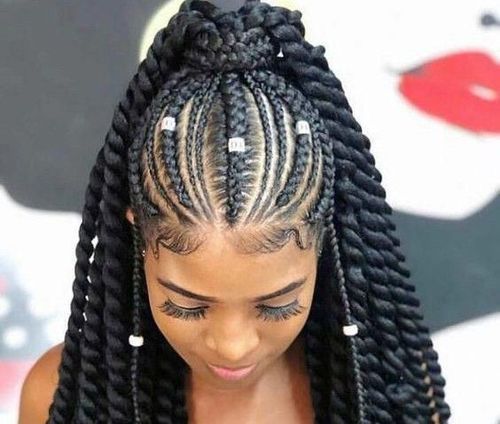
- Half-Up Half-Down Hairstyles: Style your tribal braids by leaving a portion of them down while securing the top half into an updo or ponytail. This combination of braids flowing freely and styled hair on top creates a trendy and balanced look.
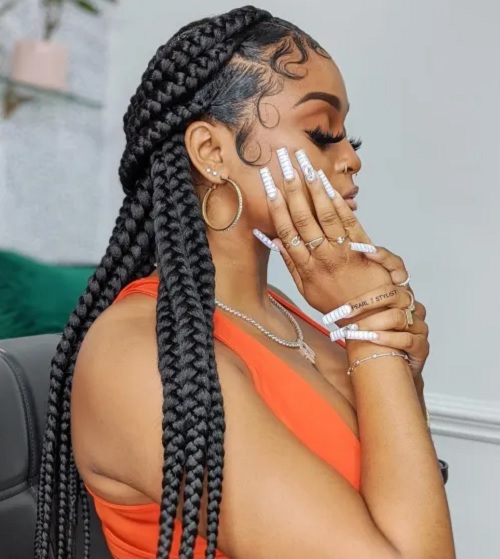
- Accessorizing with Beads, Cuffs, and Other Embellishments: Enhance your tribal braids by adding accessories that complement your personal style. Beads, cuffs, shells, or colorful strings can be threaded onto individual braids, creating eye-catching accents and adding cultural flair. Experiment with different colors, sizes, and materials to achieve the desired aesthetic.
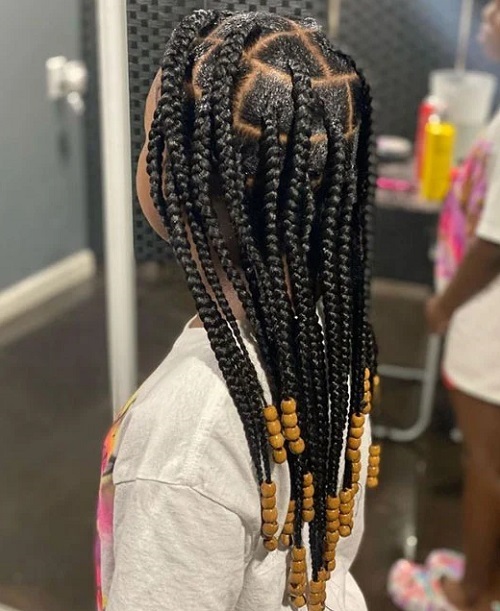
- Side-Swept Styles: Sweep your braids to one side for an asymmetrical and glamorous look. You can secure them with pins or create a loose braid over your shoulder for an effortless and romantic vibe.
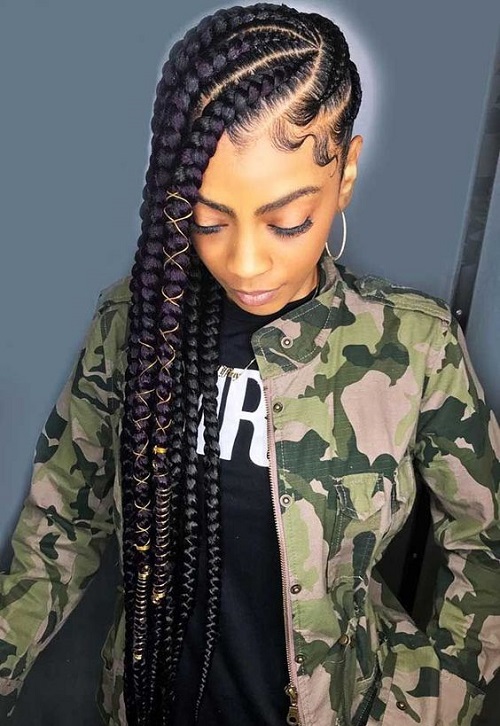
- Halo or Crown Braids: Take a few braids from each side and wrap them around your head to create a crown-like effect. This elegant and regal style frames the face beautifully and is perfect for special occasions or when you want to make a statement.
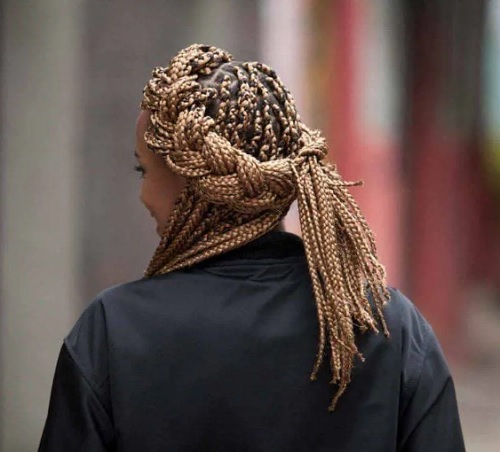
- Creative Partings: Experiment with different parting styles to add visual interest to your tribal braids. Create zigzag, diagonal, or curved partings to break the monotony and give your hairstyle a unique touch.
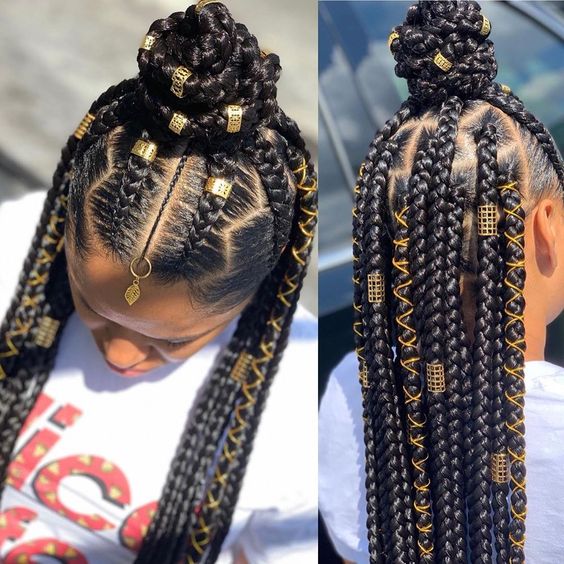
Remember to be gentle when styling your tribal braids to avoid excessive tension or pulling on the braids. Additionally, consider consulting with a professional hairstylist or researching online for more inspiration and tutorials to explore a wide range of styling options for your tribal braids.
Tips and tricks for tribal braids maintenance
Tribal braids not only look stunning but also require proper care to keep your hair and scalp healthy throughout their duration. Here are some tips and tricks to help you maintain your tribal braids:
Caring for Your Scalp and Hair While Wearing Tribal Braids:
- Keep your scalp clean: It's essential to maintain a clean and healthy scalp while wearing tribal braids. Use a scalp-friendly cleanser or dry shampoo to keep your scalp free from dirt, oil, and product buildup.
- Moisturize your scalp: Apply a lightweight oil or moisturizing spray to your scalp to prevent dryness and itching. Gently massage the product into your scalp to stimulate blood circulation and promote healthy hair growth.
- Avoid excessive manipulation: Refrain from pulling or excessively touching your braids, as it can cause tension and lead to breakage or frizz.
- Protect your braids at night: Wrap your braids with a satin or silk scarf or sleep on a satin pillowcase to reduce friction and prevent frizz.
Sleeping and Washing Techniques:
- Tie your braids up: Before sleeping, tie your braids into a loose bun or ponytail to keep them secured and minimize tangles.
- Protect your braids at night: Wrap your braids with a satin or silk scarf or sleep on a satin pillowcase to reduce friction and prevent frizz.
- Avoid wetting your braids excessively: While it's important to maintain a clean scalp, try to limit the frequency of washing your braids to prevent them from unraveling or becoming loose. Instead, use a dry shampoo or a diluted cleansing solution for targeted cleansing along your scalp.
Remember to listen to your hair and scalp, and adjust your maintenance routine accordingly. If you experience excessive itching, discomfort, or notice any issues with your scalp or hair, consult a professional hairstylist or trichologist for guidance. By following these tips and using suitable products, you can maintain the health and longevity of your tribal braids while enjoying their stylish and protective benefits.
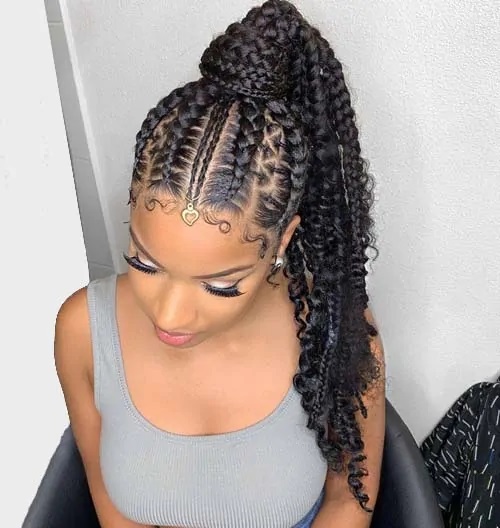
Tribal braids FAQs:
Q: How much do tribal braids cost?
A: The cost of tribal braids can vary depending on factors such as the location, hairstylist's expertise, hair length, and desired style. On average, tribal braids can range from $100 to $300 or more, including the cost of hair extensions if applicable.
Q: How long do tribal braids last?
A: Tribal braids can last anywhere from two to eight weeks or even longer with proper care. The duration depends on factors such as hair growth, maintenance routine, and the quality of the braiding technique. It's important to monitor your braids for any signs of damage or tension and to remove them if they become uncomfortable.
Q: How long does it take to do tribal braids?
A: On average, the installation process can take anywhere from three to eight hours or more. The time required to complete tribal braids can vary based on several factors, including the desired style, hair length, thickness, and the hairstylist's speed.
Q: How many packs of hair are needed for tribal braids?
A: On average, three to six packs of hair extensions are typically sufficient for most tribal braiding styles. The number of hair extension packs required for tribal braids depends on various factors, including the desired thickness, length, and the number of braids.
Q: Can I wash my tribal braids?
A: Yes, you can wash your tribal braids. However, it's important to use a gentle cleansing product or a dry shampoo specifically formulated for braided hairstyles. Avoid excessive manipulation or rubbing while washing to prevent frizz or unraveling of the braids.
Q: How do I maintain the health of my natural hair underneath the braids?
A: To maintain the health of your natural hair underneath the braids, it's essential to keep your scalp and hair moisturized. Apply a lightweight oil or moisturizing spray to your scalp regularly to prevent dryness. Also, gently cleanse your scalp as needed to remove any buildup.
Q: Can I remove my tribal braids by myself, or should I seek professional help?
A: While it is possible to remove your tribal braids by yourself, seeking professional help is recommended, especially if you're unsure or inexperienced. A hairstylist can safely remove the braids without causing damage to your natural hair. However, if you choose to remove them yourself, be patient, and carefully unravel each braid without pulling your hair.
Q: How can I prevent frizz or unraveling of the braids?
A: To prevent frizz and unraveling of the braids, it's important to keep your braids well-maintained and moisturized. Avoid excessive manipulation, rubbing, or playing with your braids, as this can cause frizz. Applying a lightweight oil or braiding spray to your braids can help keep them smooth and minimize frizz. Additionally, sleeping with a satin or silk scarf or using a satin pillowcase can reduce friction and help maintain the neatness of your braids.
Conclusion:
Tribal braids offer a stylish and culturally rich hairstyle that celebrates diversity and heritage. They are versatile, low-maintenance, and provide protective benefits for your hair. With various types of tribal braids available, including Ghana braids, Fulani braids, and Bantu knots, there is a style for everyone. If you're ready to try tribal braids, explore the human hair for braiding available at elfinhair.com for high-quality options. Embrace the beauty and versatility of tribal braids to express your unique style and celebrate cultural diversity.
 40%
40%
OFF Sale-
$68.08
$113.69(623) (421)
 40%
40%
OFF Sale-
$77.44
$129.32(416) (313)
 40%
40%
OFF Sale-
$70.42
$117.60(416) (387)
 40%
40%
OFF Sale-
$70.42
$117.60(415) (413)
 40%
40%
OFF Sale-
$70.42
$117.60(415) (370)
 40%
40%
OFF Sale-
$68.08
$113.69(415) (325)
 40%
40%
OFF Sale-
$68.08
$113.69(623) (399)
 40%
40%
OFF Sale-
$68.08
$113.69(623) (367)
Related Posts:
Bulk Hair For Braiding: Best Human Hair For Braiding
The A-Z of Human Braiding Hair: Tips & Techniques
Inspired Styles: 20 Braids Hairstyles for Black Women 2023
The Ultimate Guide to Jumbo Box Braids

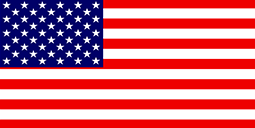 USD
USD EUR
EUR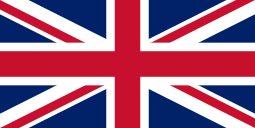 GBP
GBP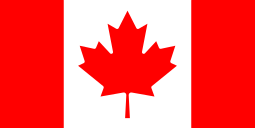 CAD
CAD AUD
AUD






















